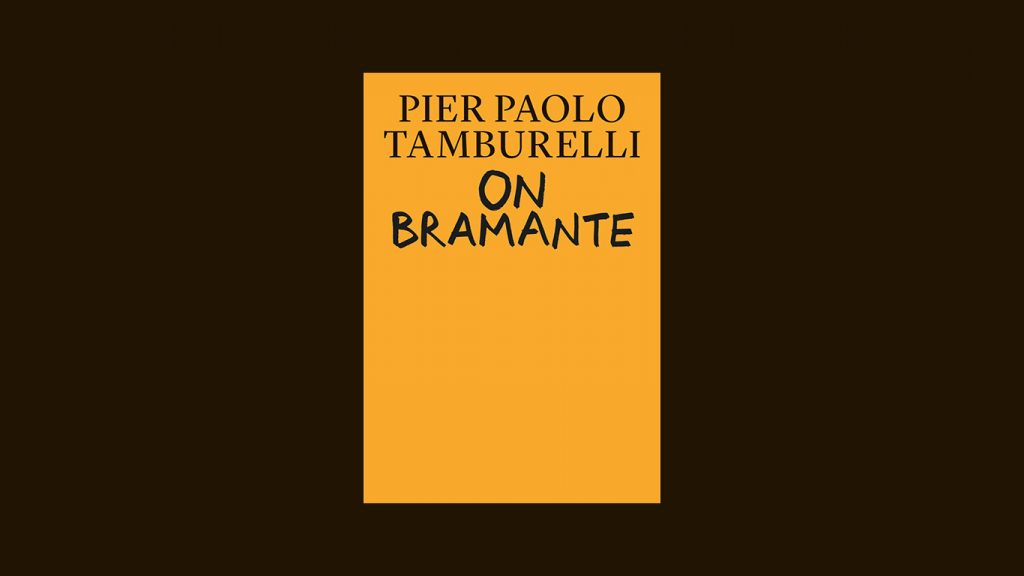
Share:
In On Bramante, architect Pier Paolo Tamburelli considers the work of the celebrated Italian Renaissance architect Donato Bramante and through this reappraisal suggests a possible agenda for current architectural practice. Bramante, Tamburelli argues, offers an excellent starting point to imagine a contemporary theory of space, to reflect on the relationship between architecture and politics, and to look back—with neither nostalgia nor contempt— at the tradition of Western classicism.
Starting from a discussion of the difference in the work of Bramante in Milan (1481–1499) and Rome (1499–1514), Tamburelli highlights the peculiarities of Bramante’s architecture, especially in comparison to that of his predecessor Leon Battista Alberti and successor Andrea Palladio. This in turn opens up new possibilities for appreciating his spatial experiments, and deriving from Bramante’s abstraction and disassociation of form from function a revised theory of space for contemporary architecture. Such a theory might even advance a newfound political understanding of classicism, and a model—perhaps more valid now than ever before—for a public architecture.

The text is bookended by a series of colour photographic plates of Bramante’s works by photographer Bas Princen.
Hardcover
$39.95 T
ISBN: 9780262543422
348 pp. | 6 in x 9 in
43 b&w illus., 32 color plates
March 2022
Publishes May 10th 2022
The MIT Press

“There are many books on the history of architecture, many on modern architecture, but few that, like Tamburelli’s On Bramante, write about history in order to illuminate contemporary architectural concerns so brightly.” – Sam Jacob, Professor of Architecture, University of Illinois, Chicago
“This book arrives at a moment when debates in the field over the role of history and architecture’s political imperatives are widespread. Tamburelli addresses both issues through detailed analysis situated in the history of the discipline. On Bramante presents a clear and at times brilliant argument that promises to revitalize architectural discourse.” – Stan AllenGeorge Dutton ‘27 Professor of Architecture, Princeton University